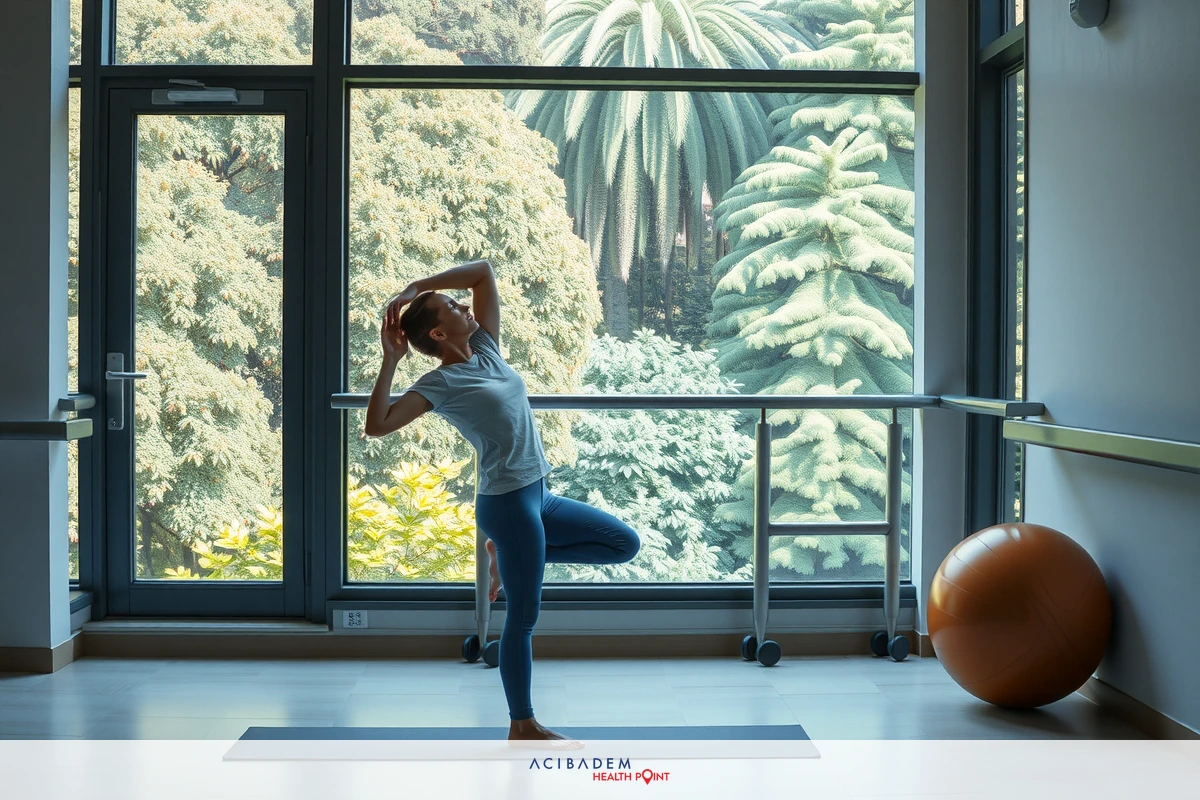How Long Until You Can Exercise After Rhinoplasty
How Long Until You Can Exercise After Rhinoplasty The path to recovery from rhinoplasty is a journey that varies for each individual. It involves understanding the balance between getting back into your normal routine and ensuring you don’t disrupt the healing process. This includes knowing when it’s safe to start exercising again.
Returning too soon to strenuous activities can hinder healing, leading to complications or affecting the optimal outcome of your rhinoplasty. Therefore, patience is key during this period while also closely monitoring progress with regular consultations with your surgeon.
Guidelines suggest a phased approach might be beneficial for reintroducing exercise after surgery, beginning with light activities before gradually progressing towards more intensive ones as recovery advances and depending on professional advice from healthcare providers overseeing the case.
Immediate Postoperative Period
In the immediate aftermath of a rhinoplasty procedure, your body enters a phase of recovery and healing. It’s an integral period that requires ample rest and refraining from any strenuous physical activities including exercise. The intention is to minimize any potential risks such as bleeding or swelling which could disrupt the surgical results.
The initial few days post-surgery are pivotal in setting the stage for a smooth recovery process. During this time, it’s essential not just to follow all guidelines provided by your surgeon but also to listen closely to what your body is communicating. Any discomfort or stress can be indicative signs that you may need more moments of relaxation before gradually re-introducing light activities into your daily routine.
A significant aspect often overlooked during this period pertains to sleep positions. Maintaining an elevated posture while sleeping assists in reducing swelling and offers comfort while resting post-rhinoplasty surgery. This small adjustment can vastly contribute towards accelerating healing whilst providing much-needed relief from discomfort during those crucial first few days after rhinoplasty.
Consultation with Your Surgeon
Engaging in a thorough consultation with your surgeon is a critical step before reintroducing exercise into your routine post-rhinoplasty. Remember, every individual’s healing process varies, and what might be suitable for one may not necessarily hold true for another. Therefore, it’s paramount to receive personalized advice from the medical professional who knows your case best.
This collaboration between patient and surgeon extends beyond the operation room—it continues throughout the recovery period as well. Regular follow-ups provide an opportunity to discuss progress, address concerns, and adjust recommendations based on observed healing patterns. It’s during these consultations that you can seek guidance about when and how to safely resume physical activities without jeopardizing surgical outcomes.
Moreover, communication should ideally extend beyond scheduled appointments. If something feels off after starting mild exercises or if there are unexpected changes in discomfort levels—don’t hesitate to reach out to your surgeon immediately. Timely intervention can prevent minor issues from escalating into major complications while ensuring that you remain on track towards a successful recovery following rhinoplasty surgery.
Timeline for Resuming Exercise
The timeline to resume exercise after rhinoplasty is not a one-size-fits-all scenario. It’s an intricate balance between individual healing progress and the intensity of the planned physical activity. Taking this into account,

guidelines typically suggest a gradual reintroduction of light exercises about 2-3 weeks post-surgery, while more intense activities may need to be postponed for up to 4-6 weeks.
In the initial phase of recovery, low-intensity activities such as slow walks can serve as starting points. These gentle forms of movement promote blood circulation without exerting excessive pressure on your healing nose. As you gain strength and comfort over time, slightly more vigorous exercises like jogging or cycling could potentially be incorporated under your surgeon’s guidance.
However, it’s crucial not just to focus on the ‘when’ but equally important is the ‘how’. Ensuring proper techniques and safety measures during workouts will help prevent any injuries or strain that might negatively impact your surgical results. Remember that each person heals at their own pace—listening to your body throughout this journey will guide you in determining when it’s appropriate to move onto higher levels of physical activity post-rhinoplasty.
How Long Until You Can Exercise After Rhinoplasty: Frequently Asked Questions
What kind of exercises can I do in the first few weeks after rhinoplasty?
In the initial weeks post-rhinoplasty, light activities like walking are generally recommended. It's important to avoid any strenuous activity that could strain your body or increase blood pressure.
How long before I can return to high-intensity workouts?
Typically, more intense physical activities such as weightlifting or high-intensity interval training may need to be postponed for about 4-6 weeks post-surgery. However, this timeline can vary depending on individual healing progress and should always be confirmed with your surgeon.
Can exercise affect my rhinoplasty results?
Yes, engaging in strenuous activities too soon after surgery can potentially lead to complications like increased swelling or bleeding which might impact the outcome of your procedure. That's why it is crucial to follow a phased approach when reintroducing exercise into your routine.
Should I consult my surgeon before starting exercise again?
Absolutely! Your surgeon knows your case best and will provide personalized advice based on how you're healing. Remember that communication shouldn't just occur during scheduled appointments—if anything feels off once you start exercising again, don't hesitate to get in touch with them.











